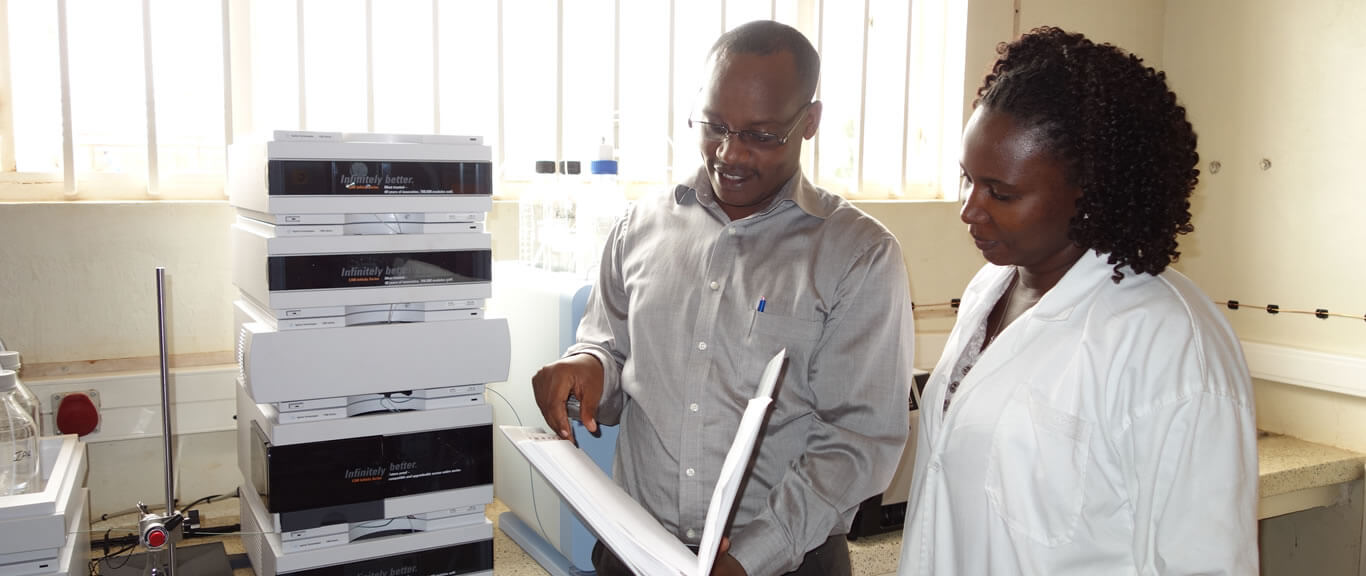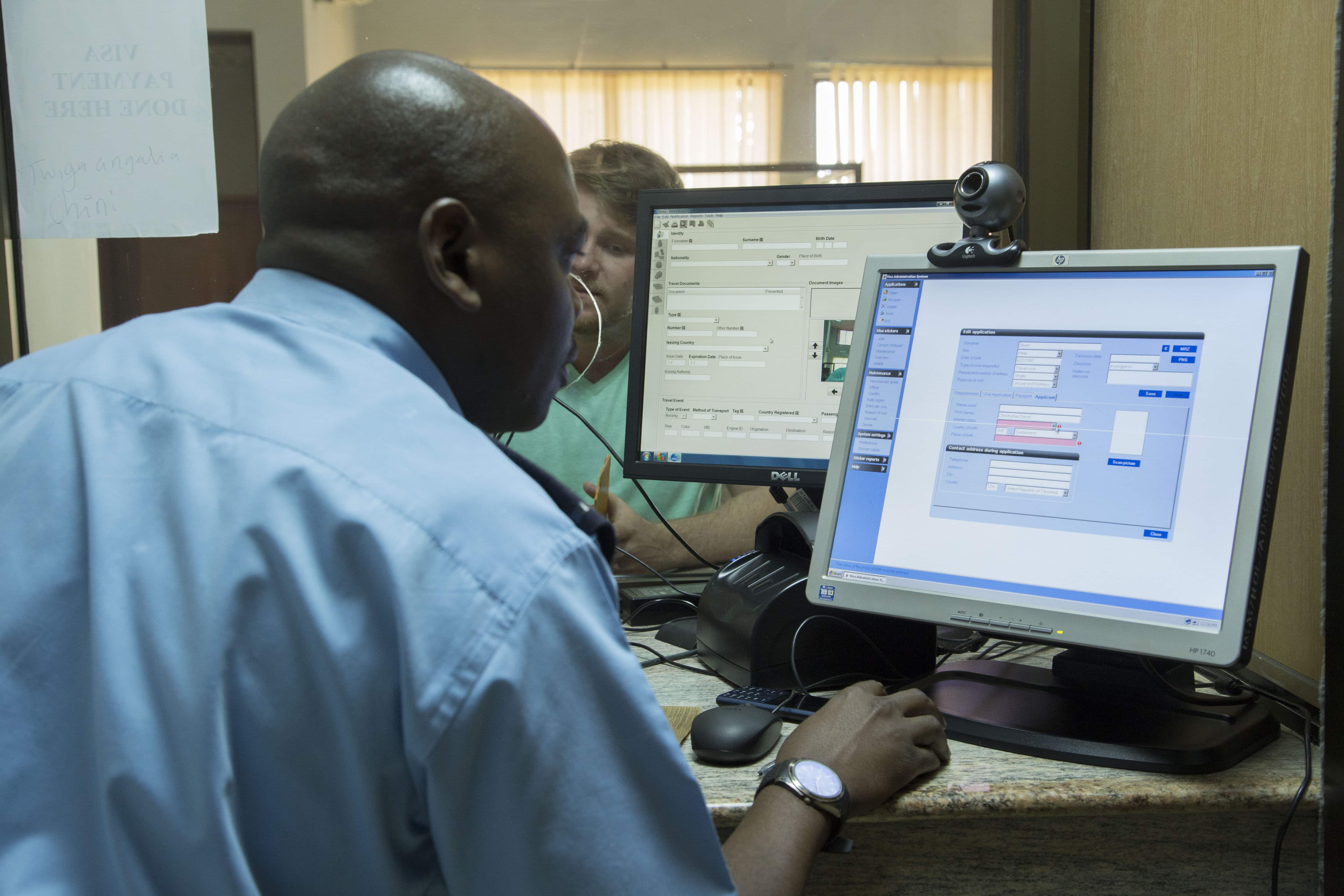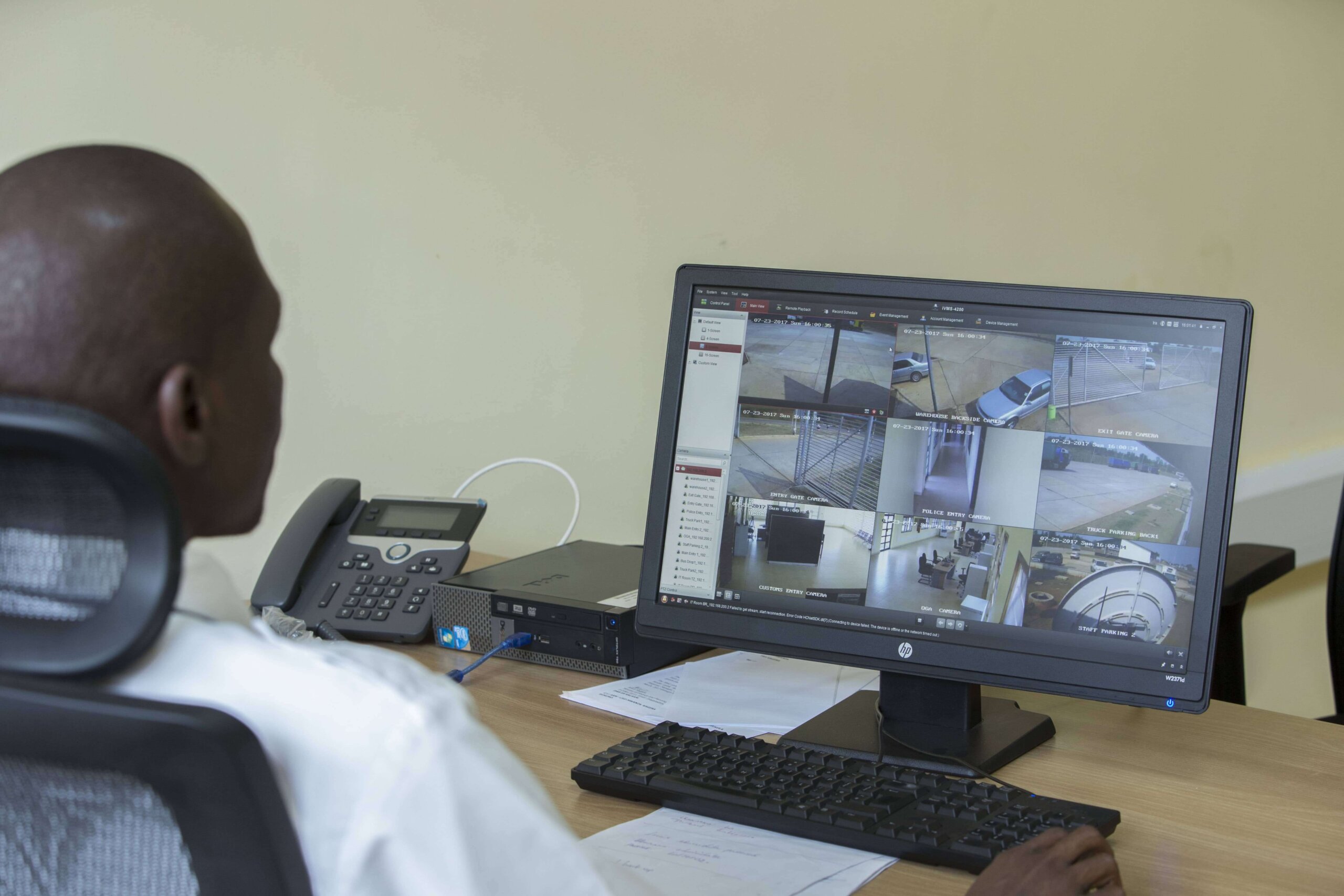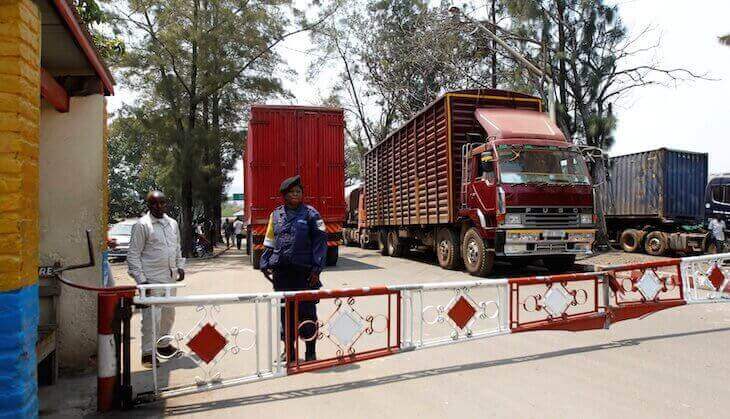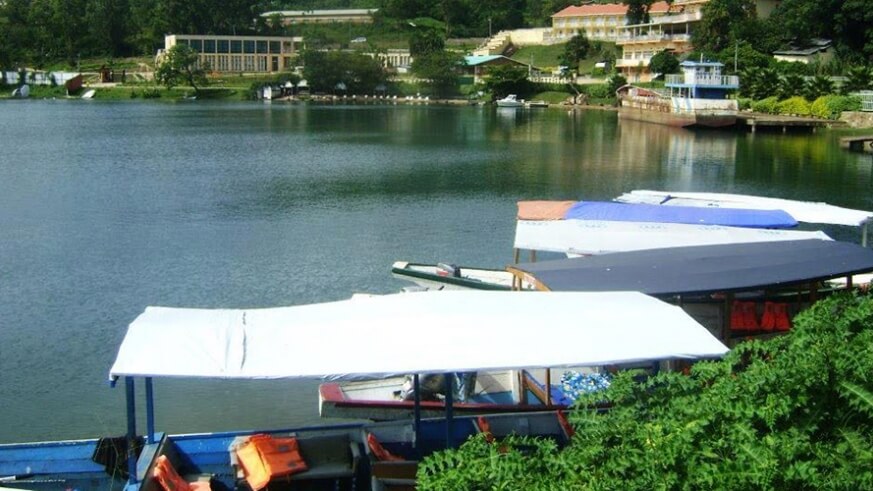[vc_row][vc_column][custom_inner_menus select_menu="project"][/vc_column][/vc_row][vc_row][vc_column][single_project_block_1 heading="Applying the ‘Prioritizing SPS Investment for Market Access (P-IMA)’ Framework to Prioritize SPS Investments For Regional Trade" implementor="The Standards and Trade Development Facility (STDF) and the East African Community (EAC) Secretariat" target_group="National Standards Bodies (NSBs), Sanitary and Phytosanitary (SPS) Competent Authorities, and affiliate regulatory authorities, manufacturers and cross border businesses." project_value="US$ 110,000" implementation_period="October 2019 – December 2020" download_btn_text="Download Project PDF" download_btn_link="https://www.trademarkafrica.com/download/57400/"]The objective of TMA’s Sanitary and Phytosanitary (SPS) programme is to facilitate trade in agricultural goods while supporting regulators in their objective of protecting human, animal or plant life, and simultaneously avoid unnecessary barriers to trade. The project is implemented by among others, addressing private sector inability to meet SPS requirements due to inadequate knowledge and skills on SPS risks along the value chain, high costs of control & management of SPS risks, and complex inspection and approval procedures in trade. The P-IMA project’s objective, therefore, is to develop capacity for application of the P-IMA framework for prioritization of trade-related SPS capacity-building and investments options for national and regional interventions. The project will also tackle weak capacities by SPS Competent Authorities and policy frameworks to produce and meet technical requirements. Progress: The project has so far facilitated collaboration between SPS Competent Authorities and stake holders to present the P-IMA framework, and equip SPS experts with knowledge and skills needed to apply P-IMA. Analysis of regional SPS investment options has been completed. This analysis provides evidence to support ranking of investment options and facilitate inputs and strategic policy engagements...
Applying the ‘Prioritizing SPS Investment for Market Access (P-IMA)’ Framework to Prioritize SPS Investments For Regional Trade
Posted on: December 1, 2020
Posted on: December 1, 2020


